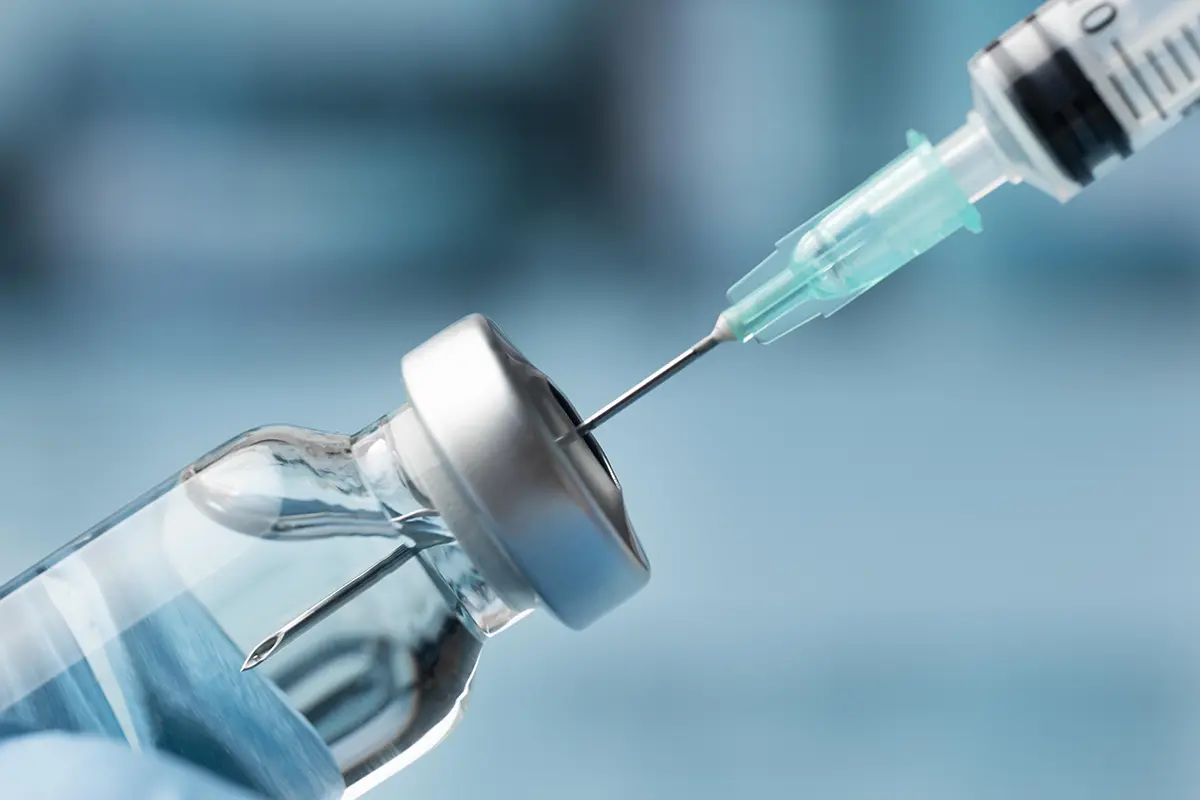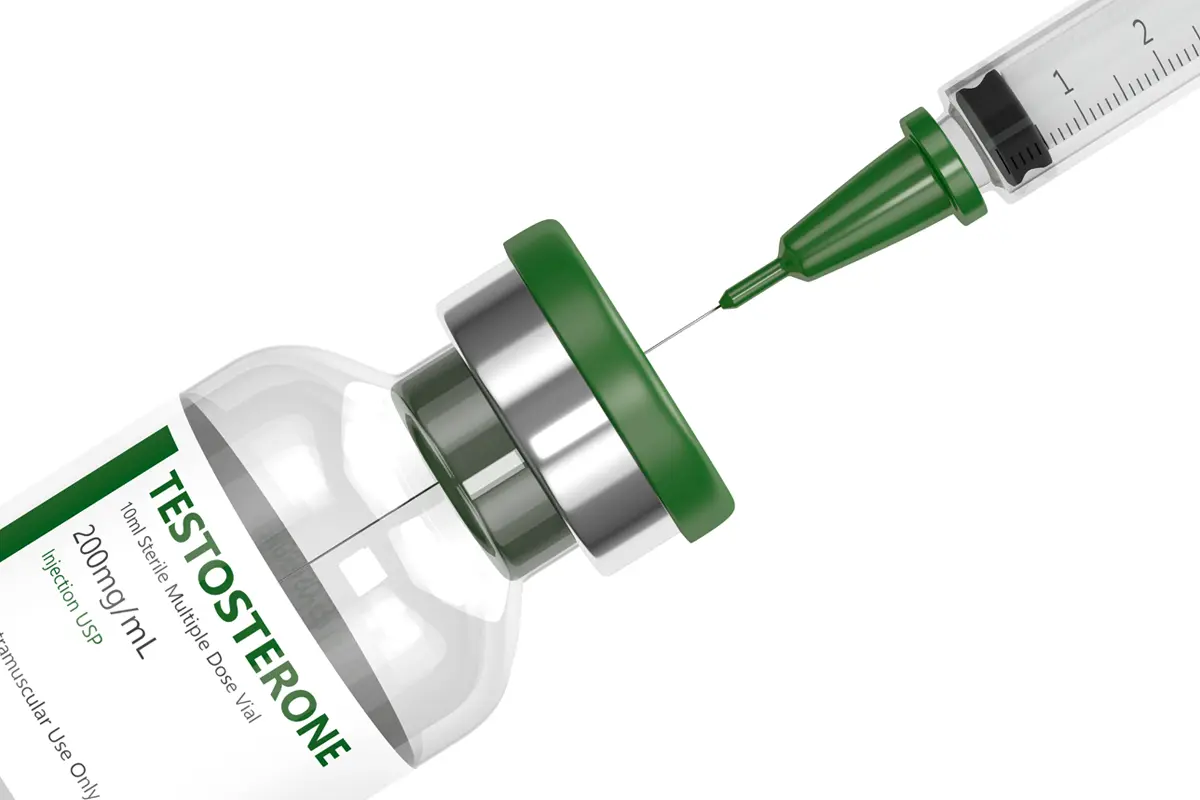Adrenomyeloneuropathy (AMN) is a rare and complex genetic disorder that affects the nervous system and adrenal glands. Often misunderstood and misdiagnosed, AMN demands greater awareness and understanding to improve the lives of those affected. In this blog, we’ll delve into what AMN is, its symptoms, causes, diagnosis, and current treatment options.
What is AMN?
Adrenomyeloneuropathy is a type of X-linked adrenoleukodystrophy (X-ALD), which primarily affects men due to its X-linked inheritance pattern. Women who carry the mutated gene can also experience milder symptoms. AMN typically manifests in adulthood, often between the ages of 20 and 40, although symptoms can appear earlier or later.
Symptoms of AMN
- Progressive stiffness and weakness in the legs: This can lead to difficulty walking and balance issues.
- Adrenal insufficiency: The adrenal glands fail to produce enough hormones, leading to fatigue, weight loss, muscle weakness, and low blood pressure.
- Bladder and bowel dysfunction: Problems with urinary and fecal continence are common.
- Sexual dysfunction: Men may experience erectile dysfunction.
- Cognitive and behavioral changes: These are less common but can occur as the disease progresses.
Causes of AMN
AMN is caused by mutations in the ABCD1 gene, which encodes a protein involved in the breakdown of very-long-chain fatty acids (VLCFAs) in cells. The mutation leads to the accumulation of VLCFAs, which are toxic to myelin—the protective sheath around nerve fibers—and adrenal cortex cells. This results in the progressive neurological and adrenal symptoms seen in AMN.
Diagnosis
Diagnosing AMN involves a combination of clinical evaluation, family history, and specific tests, including:
- Blood tests: Elevated levels of VLCFAs can indicate AMN.
- Genetic testing: Identifying mutations in the ABCD1 gene confirms the diagnosis.
- MRI scans: These can show characteristic changes in the spinal cord and brain.
- Nerve conduction studies: These assess the extent of nerve damage.
Early and accurate diagnosis is crucial for managing symptoms and improving quality of life.
Treatment Options
Currently, there is no cure for AMN, but several treatments can help manage symptoms and slow disease progression:
- Hormone replacement therapy: For adrenal insufficiency, replacing missing adrenal hormones can alleviate some symptoms.
- Physical therapy: This helps maintain mobility and strength.
- Medications: Drugs like muscle relaxants, antispastic agents, and pain relievers can manage specific symptoms.
- Stem cell transplantation: In some cases, hematopoietic stem cell transplantation (HSCT) may be considered, especially if cerebral involvement is detected early.
- Gene therapy: Research is ongoing into gene therapy approaches to correct the underlying genetic defect.
Living with AMN
Living with AMN presents significant challenges, but with proper management, individuals can lead fulfilling lives. Support from healthcare professionals, family, and support groups is essential. Regular monitoring and adjustments to treatment plans help manage the disease’s progression and improve quality of life.
Conclusion
AMN is a debilitating condition that requires more attention and research. By increasing awareness and understanding, we can support those affected and work towards better treatments and, ultimately, a cure. If you or a loved one are experiencing symptoms of AMN, seek medical advice for early diagnosis and intervention.




